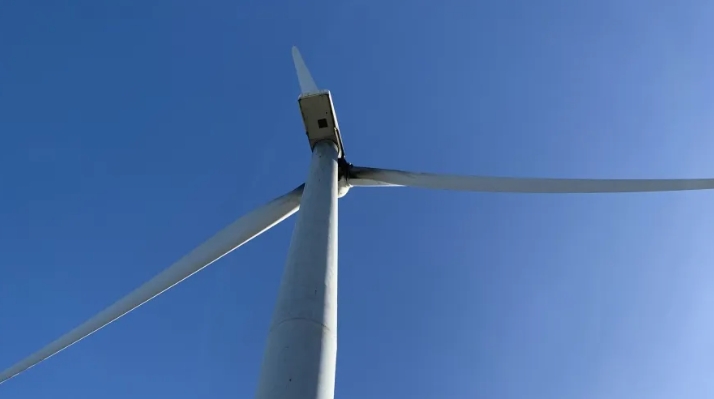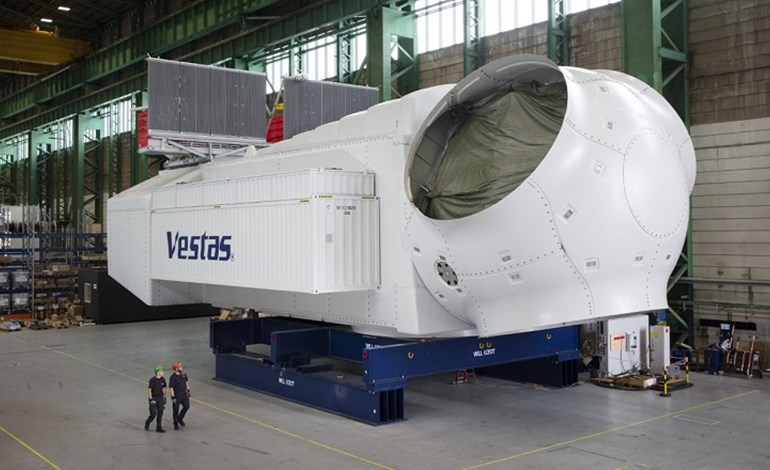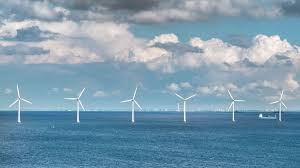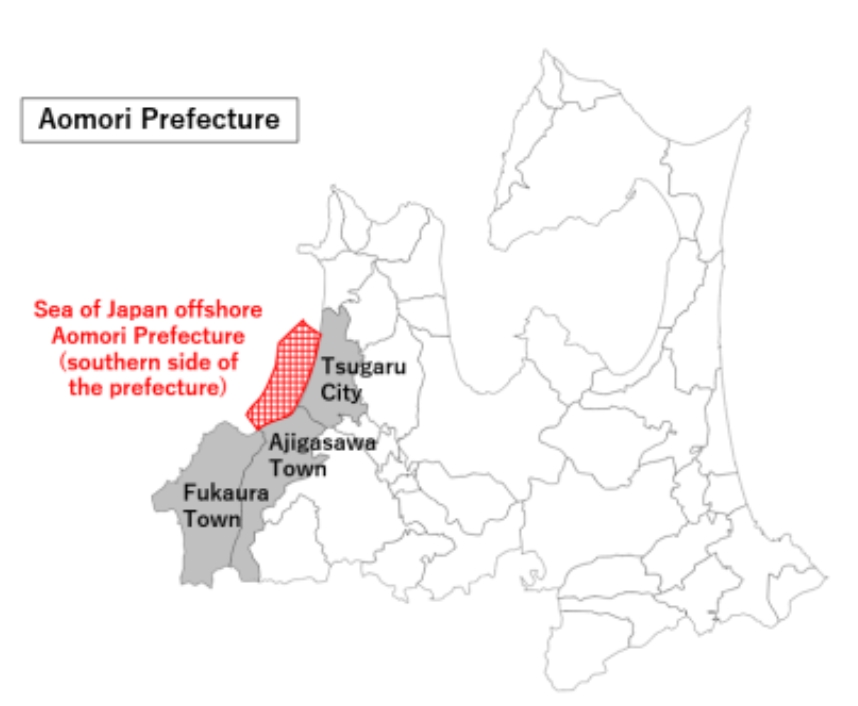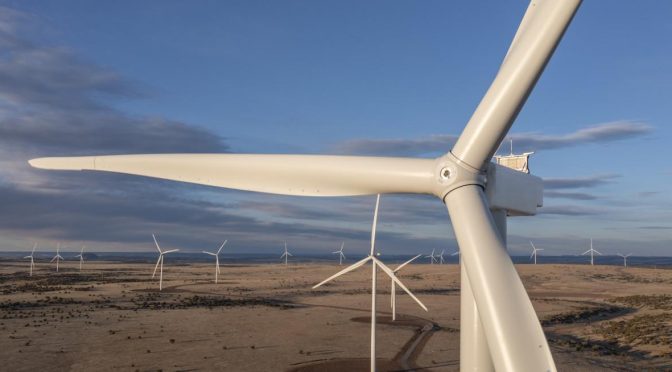
Back in the 2021 Fuji 24 Hours race, it fielded a Corolla Sport powered not by a hydrogen fuel cell but by a specially developed H2 version of the three-cylinder GR Yaris combustion engine, and last month the car competed in the final of the Super Taikyu Series.
The Corolla runs on ‘boil-off’ hydrogen from liquid hydrogen carried in its fuel tank.
Burning hydrogen in a combustion engine generates no emissions of carbon monoxide (CO) or unburned hydrocarbons (HC), which are two of the three emissions cleaned up in a conventional petrol car by a three-way catalytic converter.
The third comprises oxides of nitrogen (NOx), and although the racing engine still produces some of that, the quantities are far lower than those produced by a petrol ICE, and they are neutralised by exhaust after-treatment.
The novel approach to using boil-off gas stems from liquid hydrogen’s unavoidable Achilles heel, which is that it literally evaporates while the car is standing doing nothing. Liquid hydrogen is stored in cryogenic tanks at a chilly -253deg C. Inevitably heat from the outside penetrates the insulated tank and the hydrogen begins to evaporate – it boils off.
A couple of decades ago, when modern hydrogen fuel cell and combustion engines began serious development, the high-pressure tanks for storing gaseous hydrogen at 350-700 bar, the go-to technology today, hadn’t emerged.
Most projects that focused on using liquid hydrogen and dealing with boil-off meant releasing it through a valve as pressure increased, which wasted a percentage of the fuel on a continual basis. If a car was left standing for long enough, it could run out of fuel without moving.
On the plus side, liquid hydrogen is far more energy-dense than gaseous hydrogen, with the potential for greater range.
What Toyota has done is turn boil-off into a positive: instead of simply venting the evaporating gas to the atmosphere, it captures it and uses it in several stages.
Boil-off gas is pressurised and fed to the engine and used directly as fuel to power the car. The pump that does the work increases the pressure of the boil-off gas by between two and four times, which is enough to fuel the engine.
Left-over gas is used to generate electricity in a hydrogen fuel cell stack, which is used to power a liquid hydrogen pump and other ancillaries. If there’s still a surplus after those steps, the excess is converted to water vapour using a catalyst and safely released outside the car.
Toyota is looking to form technical partnerships to develop the technology further.
